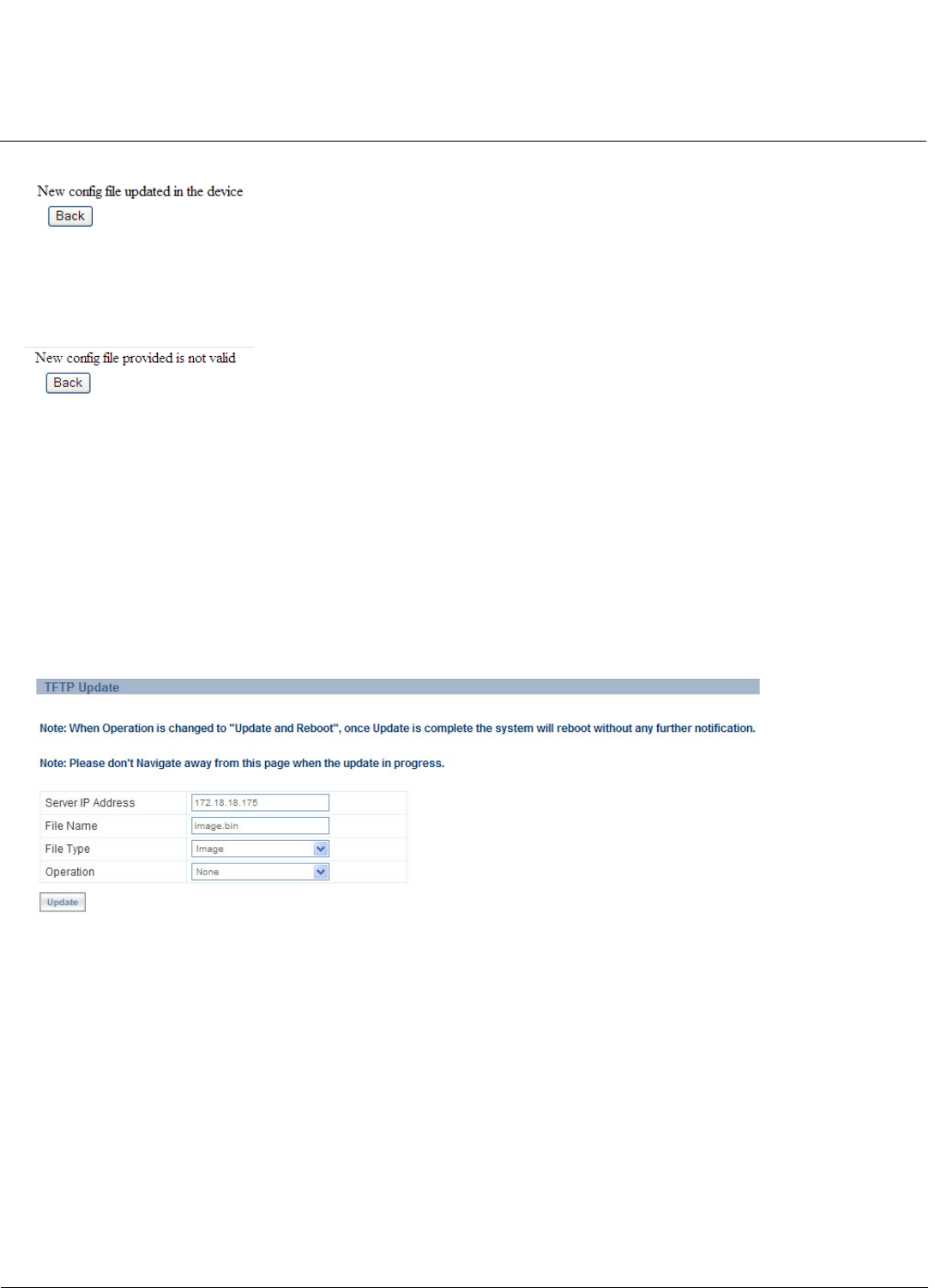User guide
Table Of Contents
- Introduction
- Installation and Initialization
- Managing the Access Point
- Basic Configuration for an Enterprise
- Access Point Features
- Using Web Interface to Manage the Access Point
- Using SNMP Interface to Manage the Access Point
- Using CLI to Manage the Access Point
- Global Configuration Mode
- General Notes
- Configuring the AP using CLI Commands
- Command Line Interface Mode Overview
- User Exec Mode
- Privileged Exec Mode
- Show Command Tree Structure Command
- Show VLAN Command
- Show MAC ACL Command
- Show RADIUS Server Table Command
- Show RADIUS Supported Profile Table Command
- Show Security Wireless Config Table Command
- Show QoS Profile and Policy Command
- Show QoS EDCA Command
- Show Wireless Properties Command
- Show 11n Wireless Properties Command
- Wireless VAP Command
- Ethernet Interface Command
- Network Configuration Command
- Advaned Filter and Global Filter Command
- TCP-UDP and Static MAC Address Table Commands
- Protocl Filter, Filter Type and Filter Control Table Command
- Access Control and HTTP, Telnet and TFTP Commands
- SNMP Read, Read-Write Password and Trap Host Table Command
- Country Code and Management Commands
- System Information Command
- System Inventory Management Command
- Event Logand ICMP Commands
- IP ARP Statistics and SNTP Command
- Syslog configuration and RADIUS Client Authentication Table Commands
- RADIUS Client Access Command
- Interface Statistics Command
- Wireless Station Statistics Command
- IP Address, Subnet Mask and Gateway Command
- Scalar Objects Commands
- Table Entries Commands
- Table Entry Deletion Command
- Table Entry Edition Command
- VAP Table Commands
- Troubleshooting
- ASCII Character Chart
- Bootloader CLI
- Specifications
- Technical Services and Support
- Statement of Warranty

Using Web Interface to Manage the Access Point AP-800 User Guide
Managing the Device
82
Figure 6-39 Update Device Using HTTP- Success Message
• If the operation is not completed successfully the following screen appears, and the reason for the failure is
displayed.
Figure 6-40 Update Device Using HTTP- Failure Message
Update Device Using TFTP
Use the TFTP Download page to download config, image file to the device. A TFTP server must be running and
configured to pint to the directory containing the file.
If you do not have a TFTP server installed on your system, install the TFTP server from the installation CD. You can either
install the TFTP server from the CD Wizard or run OEM-TFTP-Server.exe found in the CD’s Xtras/SolarWinds
sub-directory.
Using the TFTP Download page to enter the following information as described below:
Figure 6-41 Update Device Using TFTP Server
• Server IP Address: Enter the TFTP server IP Address.
– Double-click the TFTP server icon on your desktop and locate the IP address assigned to the TFTP server.
NOTE: This is the IP address that will be used to point the Access Point to the AP Image file.
• File Name: Enter the name of the file to be downloaded (including the file extension).
– Copy the file to the TFTP server’s root folder.
• File Type: Select the proper file type. Choices include:
– Config: Configuration information, such as System name, contact name, and so on.
– Image: AP image (executable program)
• Operation: Select either Download or Download & Reboot. You should reboot the AP after downloading files.
NOTE: If you select None as Operation, then no operation will be performed.










